Raw almond milk recipe
-
Prep Time
-
Total Time
-
Shelf Life
3 days in fridge -
Rating
5/5 (from 5 ratings)5 -
Yield
Varies
Recipe Directions
- 1. Dump almonds into high-speed blender. Add 4 cups water. Blend for 1-2 minutes until smooth.
- 2. Almond milk must be strained because it is pulpy (gritty). Pulp is very fine. Strain through a nut-milk bag (mesh/nylon/cheesecloth bag) to remove pulp. Almond milk is now ready.
- 3. There will be some fine almond bits ("almond pulp") leftover in the nut milk bag. Squeeze any excess liquid from almond pulp. Store almond pulp in freezer for use later in other raw recipes.
The Rawtarian's Thoughts
 By The Rawtarian
By The Rawtarian I used to be terrified of making raw almond milk recipes. Instead, I made cashew milk as an alternative because raw cashew milk seemed easier since no straining was required.
However, now that I'm more price-conscious with my grocery bill, I've decided to make the switch from cashew milk to almond milk since almonds are much less expensive. And now I'm wondering why I didn't make the switch sooner!
For me, the thought of "straining" with a nut milk bag was overwhelming. And a lot of almond milk instructions seem to be overly complex and way too detailed. However, it's really just a 2-step process: blend and strain!
I hope that you find my pared down instructions on how to make a basic raw almond milk recipe helpful.
Raw almond milk can be stored in the fridge for a few days (3-4) in a sealed container. It might separate. Just shake or stir and it'll look normal again. If it smells funky, throw it out. If you need to use it up before it goes bad, add it to a smoothie.
Q. Do you really need a "nut milk bag"?
Answer:
Yes!! Because I am cheap I thought I could Just use cheesecloth - which is super thin mesh material. However, it was a total disaster and basically didn't work because it was impossible to handle since the cheesecloth gets clogged up immediately and there is nowhere for the pulp to go. Thus, you need a nut-milk bag, which is basically similar to cheesecloth but because it is shaped like a sac it can hold all the excess pulp.
Other Batch Sizes
| Almonds | Water |
|---|---|
| 1/2 cup almonds | 2 cups water |
| 1 cup almonds | 4 cups water |
| 1 1/2 cups almonds | 6 1/2 cups water |
Nutrition Facts
- This recipe is very low in Calories, Carbohydrates, and Sodium.
- This recipe is an excellent source of Vitamin E.
- This recipe is a good source of Protein, and Riboflavin.
- This recipe is a noteworthy source of Dietary Fiber, Calcium, and Iron.
Amounts per 271 g (10 oz) suggested serving
| Name | Amount | % Daily |
|---|---|---|
| Calories | 206 | 8 % |
| Protein | 7 g | 13 % |
| Fat | 18 g | 23 % |
| Carbohydrates | 7 g | 2 % |
| Dietary Fiber | 4 g | 12 % |
| Sugars | 1.7 g | |
| Calcium | 100 mg | 10 % |
| Iron | 1.3 mg | 10 % |
| Sodium | 8 mg |
Print This Recipe (PDF)
My Recipe Notes
You do not have any notes. Add some here. Notes are private and are only visible to you.
Add New NoteRelated To This Recipe
FREE Raw Recipe Package
Subscribe to newsletter below. Get the 11 Best Raw Recipes (PDF E-Book Package) instantly.
The Rawtarian Recipes
Latest Certifications
-

AliGamble
New Year Nineteen ChallengeApril 22, 2025 -

Simon
7-Day Raw Summer ChallengeMarch 17, 2018 -

The Rawtarian
7-Day Raw Summer ChallengeAugust 18, 2015 -

svridleybr
7-Day Raw Summer ChallengeJuly 29, 2015
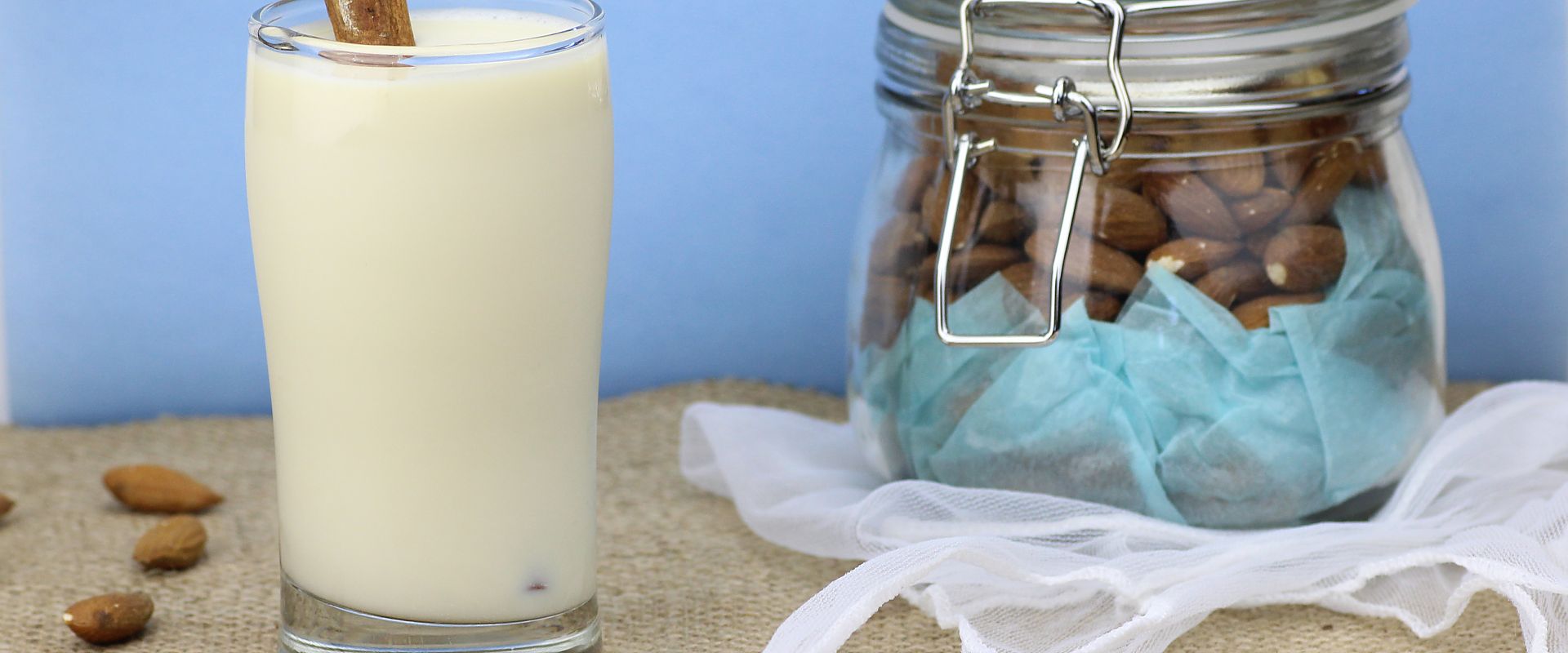









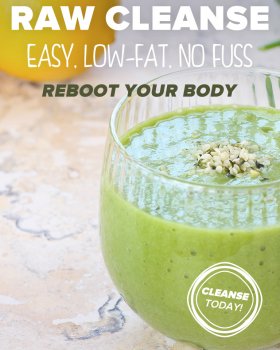











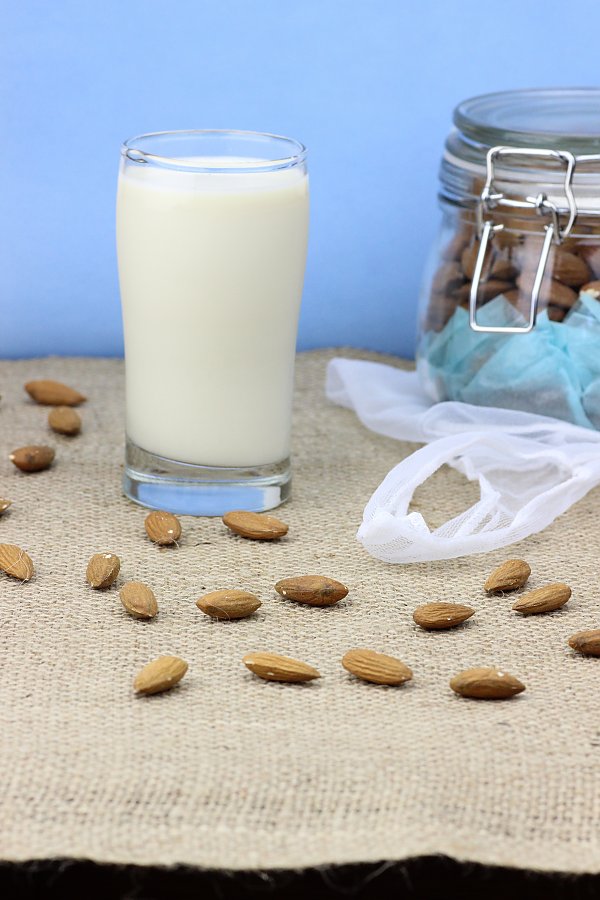
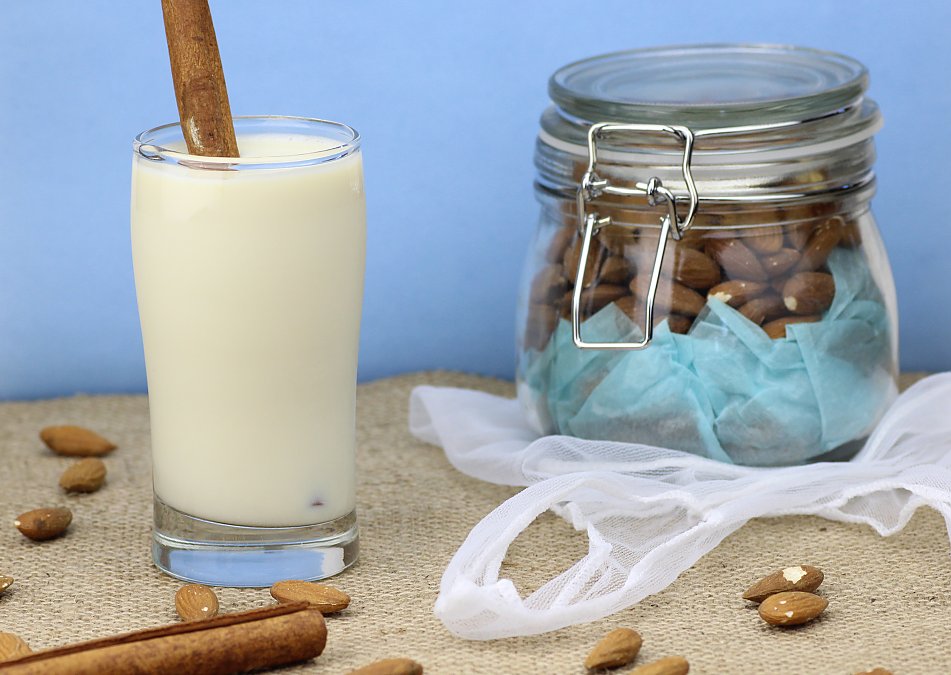
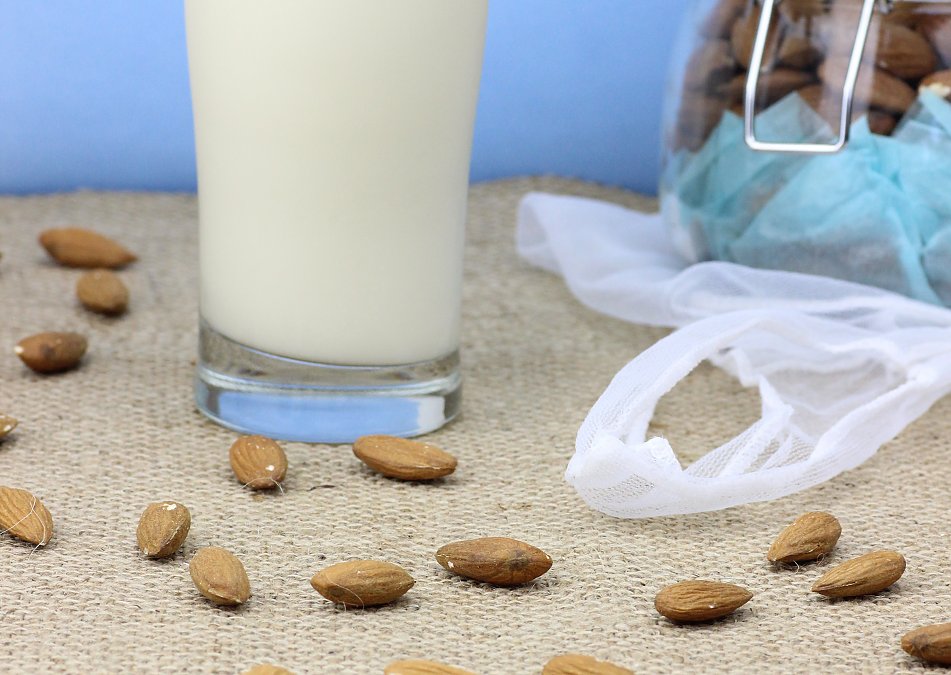
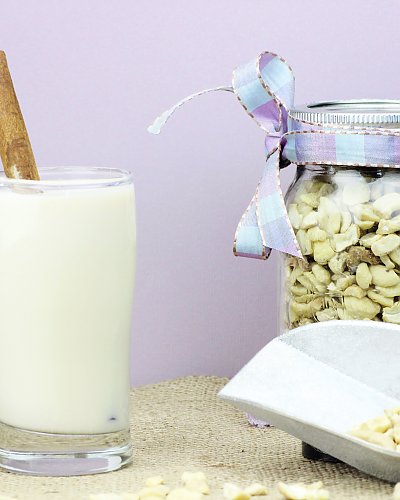
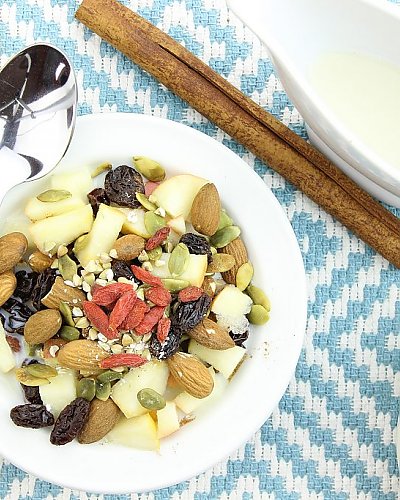
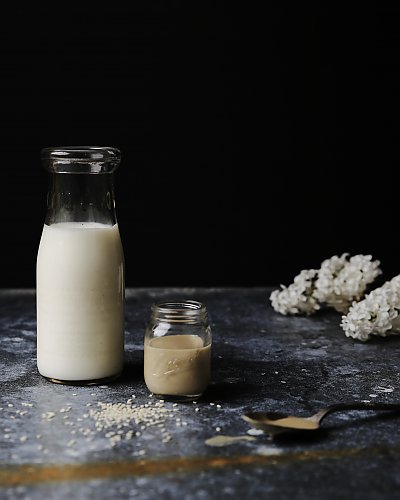
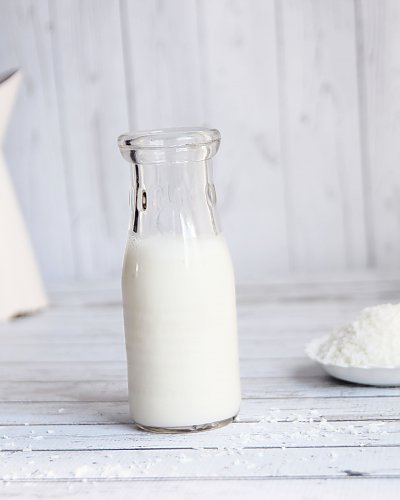






















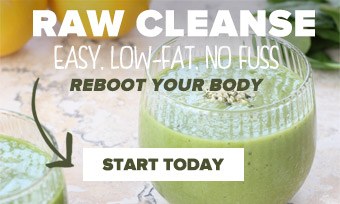
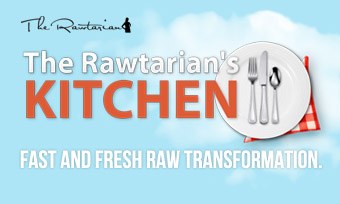




Comments and Reviews
All
The Rawtarian
Sep 07, 2012
Just to clarify - the VM will get it into a nice milk consistency which some crappy blenders might not even do, but there will be tiny coarse grains of almond that make non-raw people find it too weird. It's kinda like little pieces of sand. Still drinkable of course since it is still almond but not as pleasant, definitely not as pleasant. Which is why I - the laziest of all people - do strain even with a very good VM
Leave a Comment or Review